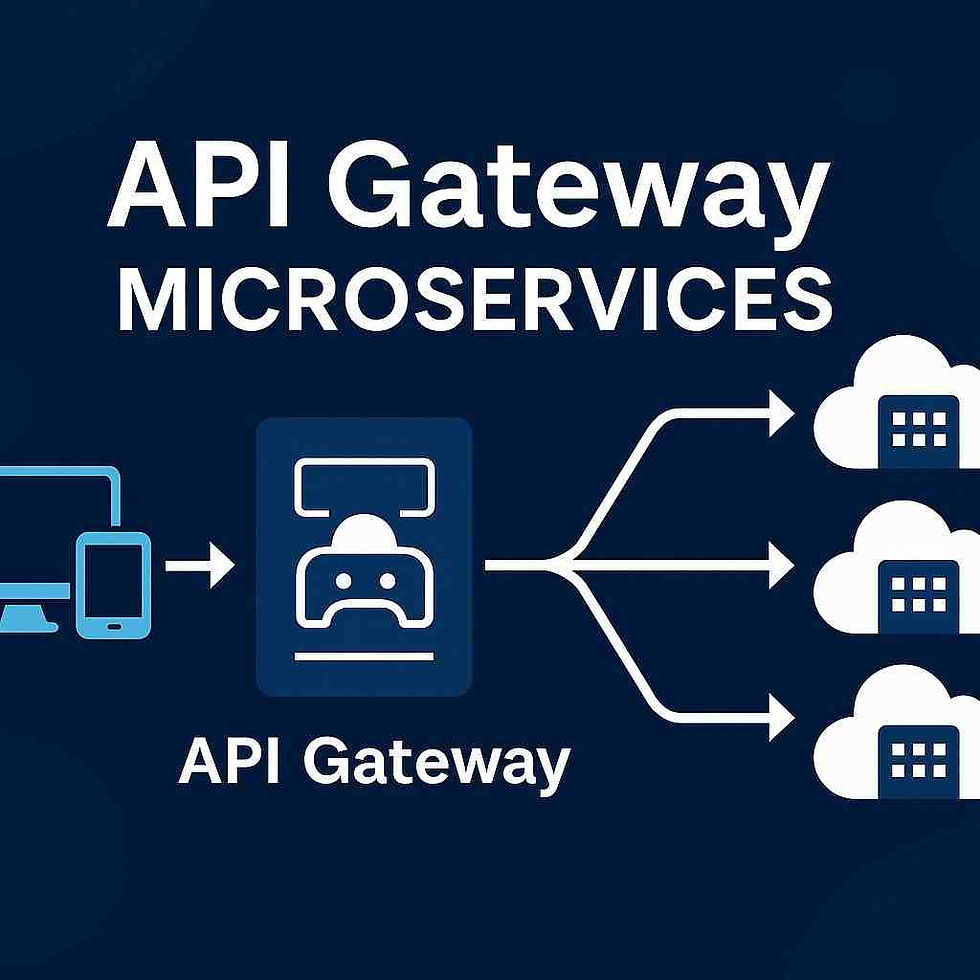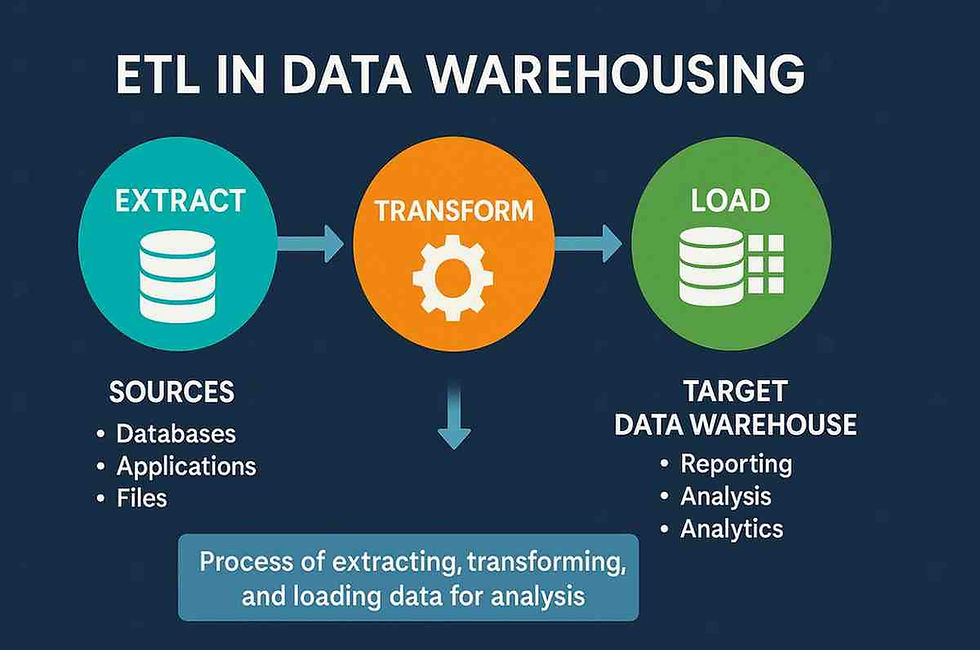Guide to Equivalence Class in Software Testing | 2025 Expert Tips
- Gunashree RS
- Jun 3
- 6 min read
Testing every possible input combination in software applications would be impossible and impractical. That's where equivalence class testing comes to the rescue. This powerful black-box testing technique helps you maximize test coverage while minimizing effort and time.
In this comprehensive guide, we'll explore everything you need to know about equivalence class testing, from basic concepts to advanced implementation strategies.

What is Equivalence Class Testing?
Equivalence class testing, also known as Equivalence Class Partitioning (ECP), is a software testing technique that divides the input domain into classes of data. This method involves identifying "equivalence classes," which are groups of input values that exhibit similar behavior in the software.
The fundamental principle behind this approach is simple: if one test case from an equivalence class detects a defect, then all other test cases in that same class should theoretically detect the same defect. This assumption allows testers to reduce the number of test cases dramatically while maintaining comprehensive coverage.
Key Characteristics of Equivalence Classes
Similar Behavior: All inputs within a class produce similar outputs
Representative Testing: One test case per class is sufficient
Comprehensive Coverage: Covers all possible input scenarios
Efficiency: Reduces redundant test cases significantly
How Equivalence Class Testing Works
ECP groups input into equivalence classes rather than testing every input point of interest individually. The process involves three main steps:
Identify Input Domains: Determine all possible input values for your application
Create Equivalence Classes: Group similar inputs together based on expected behavior
Select Representatives: Choose one test case from each class for testing
Types of Equivalence Classes
Valid Equivalence Classes
Contain input values that should be accepted by the system
Represent normal, expected user behavior
Should produce valid outputs
Invalid Equivalence Classes
Contain input values that should be rejected by the system
Represent error conditions and edge cases
Should trigger appropriate error handling
Benefits of Equivalence Class Testing
1. Reduced Test Case Volume
Equivalence class testing helps reduce the number of test cases without compromising the test coverage. Instead of testing hundreds of similar inputs, you can test just a few representatives from each class.
2. Improved Test Coverage
By systematically identifying different classes of inputs, you ensure that all possible scenarios are covered, including both valid and invalid inputs.
3. Cost-Effective Testing
Fewer test cases mean:
Less time spent on test execution
Reduced maintenance effort
Lower testing costs overall
4. Better Defect Detection
Enables the testers to focus on smaller data sets, which increases the probability of uncovering more defects in the software product.
Step-by-Step Implementation Process
Step 1: Analyze Requirements
Start by thoroughly understanding the software requirements and specifications. Identify all input fields, their valid ranges, and expected behaviors.
Step 2: Identify Input Domains
List all possible inputs for your application:
Text fields
Numeric inputs
Boolean values
File uploads
API parameters
Step 3: Create Equivalence Classes
For each input domain, create both valid and invalid equivalence classes:
Example for Age Input Field:
Valid Class: Ages 18-65
Invalid Class 1: Ages below 18
Invalid Class 2: Ages above 65
Invalid Class 3: Non-numeric values
Step 4: Design Test Cases
Select one representative value from each equivalence class and create test cases.
Step 5: Execute and Analyze
Run the test cases and analyze results to ensure proper system behavior.
Real-World Examples and Applications
Example 1: Login System Testing
For a login form with username and password fields:
Username Equivalence Classes:
Valid: 6-20 characters, alphanumeric
Invalid: Less than 6 characters
Invalid: More than 20 characters
Invalid: Special characters only
Password Equivalence Classes:
Valid: 8-15 characters with mixed case and numbers
Invalid: Less than 8 characters
Invalid: More than 15 characters
Invalid: Only alphabetic characters
Example 2: E-commerce Discount Calculation
For a discount system based on purchase amount:
Purchase Amount Classes:
Class 1: $0-$100 (5% discount)
Class 2: $101-$500 (10% discount)
Class 3: $501-$1000 (15% discount)
Class 4: Above $1000 (20% discount)
Invalid: Negative amounts
Invalid: Non-numeric values
Common Challenges and Solutions
Challenge 1: Identifying Correct Classes
Solution: Collaborate with business analysts and domain experts to understand all possible input scenarios.
Challenge 2: Overlapping Classes
Solution: Ensure classes are mutually exclusive and collectively exhaustive.
Challenge 3: Complex Input Combinations
Solution: Use combination testing techniques alongside equivalence partitioning.
Best Practices for Effective Implementation
1. Start with Requirements Analysis
Always begin with a thorough understanding of functional requirements and business rules.
2. Include Both Valid and Invalid Classes
Don't focus only on positive scenarios. Invalid classes often reveal critical defects.
3. Document Your Classes Clearly
Maintain clear documentation of each equivalence class and its rationale.
4. Review and Refine
Regularly review your equivalence classes as requirements evolve.
5. Combine with Other Techniques
Use equivalence partitioning alongside boundary value analysis for comprehensive coverage.
Integration with Modern Testing Frameworks
Equivalence class testing integrates well with:
Automated Testing: Create parameterized tests for each equivalence class
API Testing: Apply to request parameters and payloads
Performance Testing: Use different data classes for load testing
Security Testing: Include malicious input classes
Limitations to Consider
While powerful, equivalence class testing has some limitations:
It does not consider the conditions for boundary values specifically
May miss defects at class boundaries
Requires a good understanding of system behavior
May not catch interaction defects between different inputs
Measuring Success and ROI
Track these metrics to measure the effectiveness of your equivalence class testing:
Defect Detection Rate: Number of defects found per test case
Test Coverage: Percentage of requirements covered
Test Execution Time: Time saved compared to exhaustive testing
Maintenance Effort: Effort required to maintain test cases
Frequently Asked Questions
What is the difference between equivalence class testing and boundary value testing?
Equivalence class testing focuses on grouping similar inputs together, while boundary value testing specifically examines values at the edges of input ranges. These techniques complement each other well and are often used together.
How many equivalence classes should I create for each input?
The number depends on your input domain complexity. Typically, you'll have at least one valid class and one or more invalid classes. For complex inputs, you might have multiple valid classes based on different behaviors.
Can equivalence class testing be automated?
Yes, equivalence class testing works excellently with test automation. You can create parameterized tests that execute representatives from each equivalence class automatically.
When should I use equivalence class testing?
Use it when you have large input domains with similar behaviors, need to reduce test case volume, or want to ensure systematic coverage of all input scenarios.
How does equivalence class testing fit into Agile development?
It fits perfectly into Agile methodologies by providing quick, comprehensive test
coverage that can be executed frequently during sprints and iterations.
What tools support equivalence class testing?
Most modern testing tools support this technique, including TestComplete, Selenium, JUnit, TestNG, and various test management tools that help organize and execute equivalence class-based test cases.
Conclusion: Equivalence Class in Software Testing
Equivalence class testing is an indispensable technique for modern software testing. By intelligently grouping similar inputs and selecting representative test cases, you can achieve comprehensive test coverage while optimizing your testing efforts.
The key to success lies in understanding your application's behavior, carefully identifying equivalence classes, and systematically implementing test cases. When combined with other testing techniques like boundary value analysis, equivalence class testing becomes even more powerful.
Remember that effective testing isn't just about finding defects—it's about finding them efficiently and ensuring your software meets user expectations across all possible scenarios.
Key Takeaways
• Equivalence class testing reduces test case volume by up to 80% while maintaining comprehensive coverage
• Always create both valid and invalid equivalence classes to ensure complete scenario coverage
• One representative test case per equivalence class is sufficient for effective defect detection
• Combine equivalence partitioning with boundary value analysis for maximum effectiveness
• Document your equivalence classes clearly to facilitate maintenance and knowledge sharing
• Automate equivalence class-based test cases to enable frequent execution in CI/CD pipelines
• Regular review and refinement of equivalence classes ensures continued effectiveness as requirements evolve
• Focus on understanding system behavior rather than just input values when creating classes
• Track metrics like defect detection rate and test coverage to measure technique effectiveness
• Integration with modern testing frameworks enhances the scalability and maintainability of your test suite
References and Further Reading
GeeksforGeeks - Comprehensive tutorials on equivalence partitioning methods and practical examples
Baeldung Computer Science - In-depth technical analysis of equivalence partitioning in software testing
Software Testing Genius - Detailed tutorials and real-world case studies for equivalence class testing
TestGrid.io - Modern approaches to equivalence partitioning in contemporary testing environments
Alphabin Blog - Practical implementation guides for equivalence class partitioning techniques
ProfessionalQA - Complete reference guide covering all aspects of equivalence class testing
Testsigma Blog - Step-by-step processes for efficient test design using equivalence partitioning
TutorialsPoint - Comprehensive dictionary and tutorial resources for equivalence partitioning testing methods




In modern workplaces, cloud computing defines productivity. Developers and analysts frequently rely on google cloud for scalable performance and easy integration with APIs. It’s designed for teams that handle data-heavy tasks without worrying about server maintenance. Businesses mention improved uptime and transparent billing, which matters for long-term projects. For those starting small, the flexibility to expand resources instantly without downtime is a major advantage over traditional hosting.
Link INDOVIP138
indovip138
indovip138
indovip138
indovip138
indovip138
indovip138
indovip138
indovip138
indovip138
indovip138
indovip138
indovip138
indovip138
indovip138
indovip138
indovip138
indovip138
indovip138
indovip138
indovip138
indovip138
indovip138
indovip138
indovip138
indovip138
indovip138
indovip138
indovip138
indovip138
indovip138
indovip138
indovip138